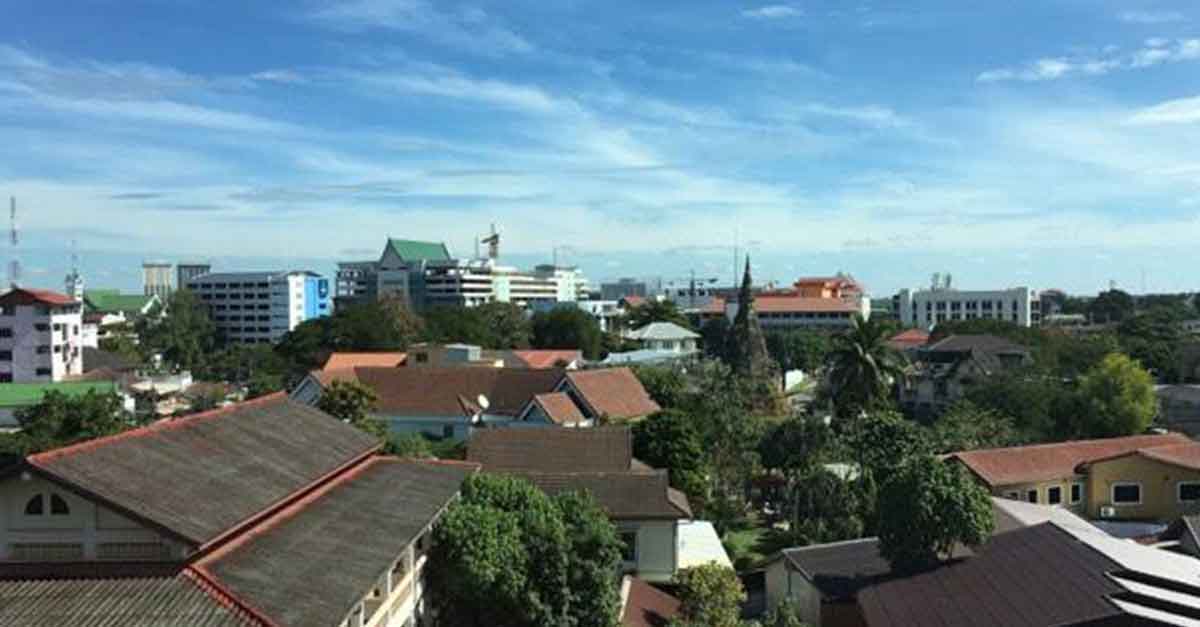Authorities of Vientiane Capital are hoping to see economic growth of 11 percent this year, with an expected GDP increase of 41.6 trillion kip.
The annual average per capita income for residents of Vientiane Capital is also expected to reach US$5,000.
Industry is expected to grow by 47 percent of GDP, while agriculture and forestry is said to grow by 7 percent.
Vientiane Capital hopes to produce rice for domestic consumption and export on over 76,000 hectares of land, with a yield of 355,800 tonnes.
Vegetables and other crops are also being promoted, and are to be grown on over 11,200 hectares of land. This will yield 115,500 tonnes of produce.
To grow the beef industry, Vientiane will also focus on commercial cattle farming and will expand the number of farms.
The services sector is also targeted for growth representing 36 percent of GDP, according to figures provided by the Vientiane Department of Planning and Investment.
In order to achieve the economic growth target, Vientiane Capital must invest 14.9 trillion kip into socio-economic development, with 103 billion kip coming from the state budget.
The target set for goods destined for export is 18 percent of total production, and the city will try to develop commercial industry by attracting more investors.
The capital’s electricity network is another major focus for municipal authorities, with expansion of the network to reach new villages as well as priority development areas in order to promote commerce and tourism.
Alongside this, Vientiane Capital will expand its water supply operations, accelerate poverty eradication, and improve education.
Education will be improved by an increasing in the number of children enrolled from kindergarten to secondary school.
Last year, Vientiane Capital’s economy grew by 10.92 percent, a reduction of 0.8 percent, while GDP reached 37.4 trillion kip, with an average of almost US$4,784 per capita.



